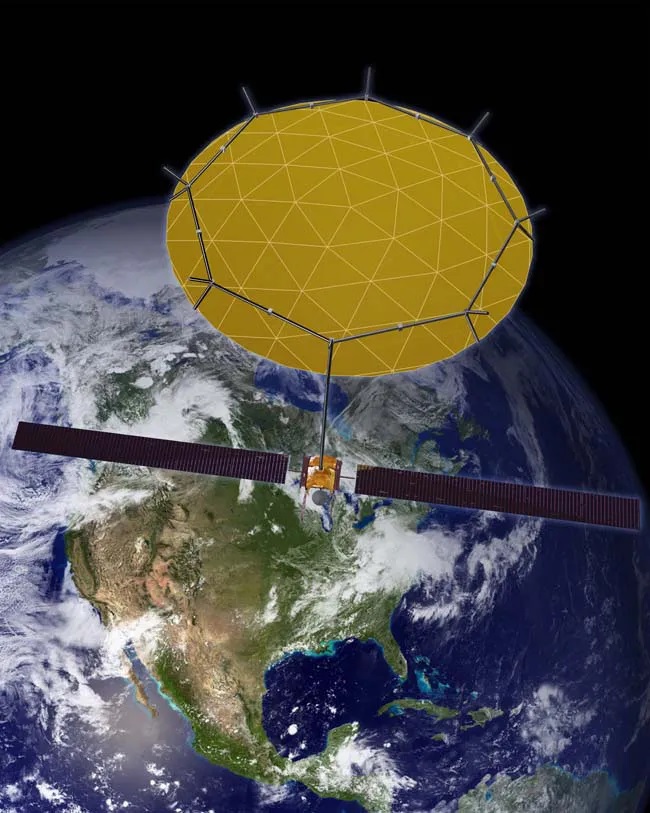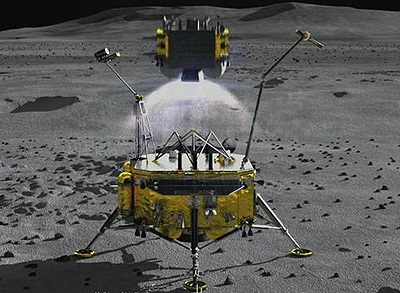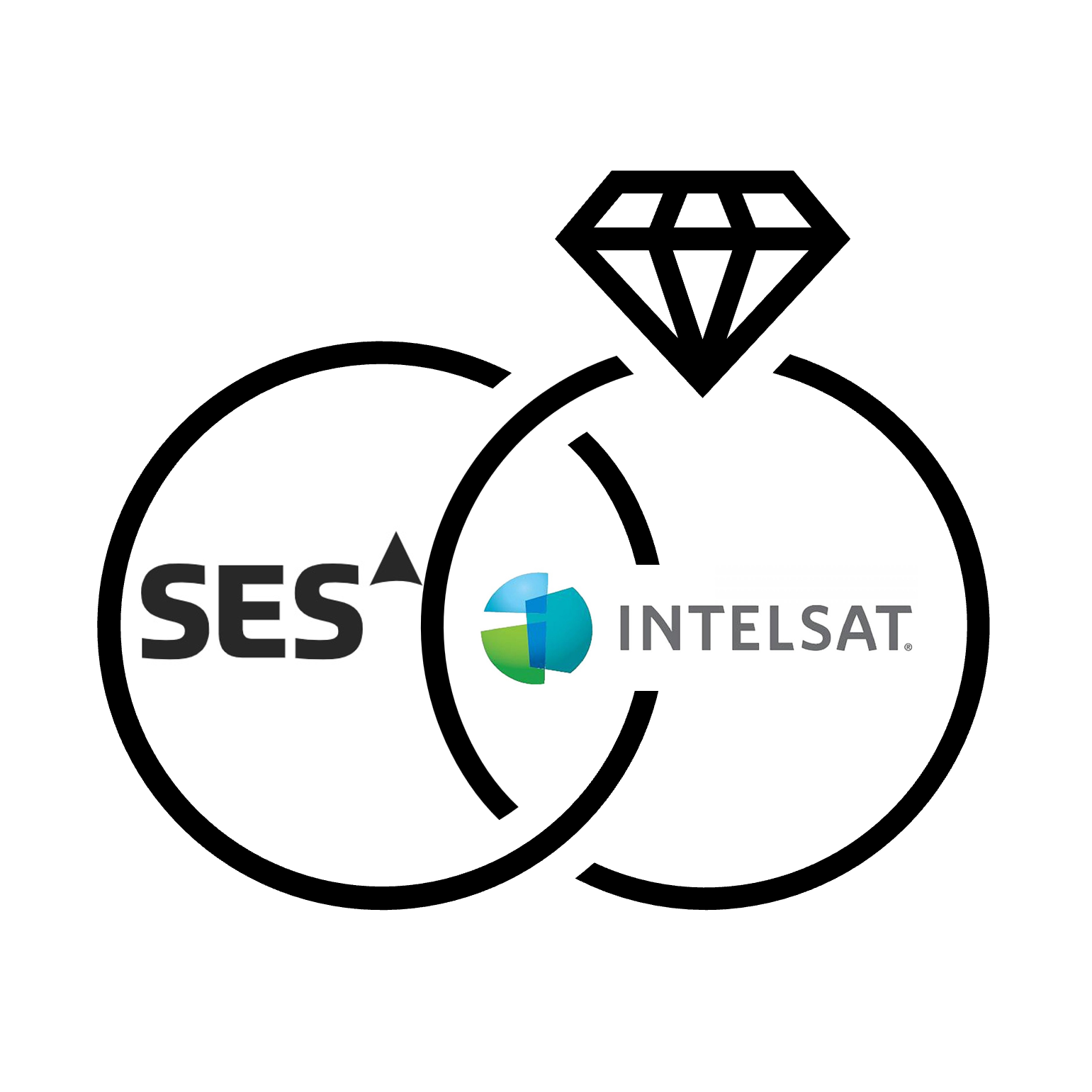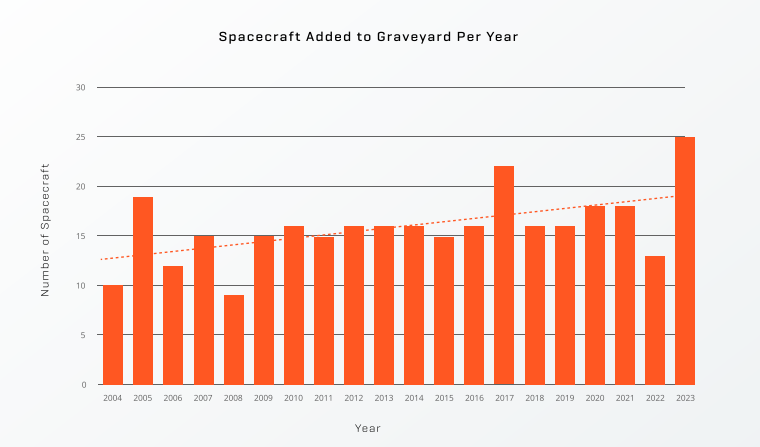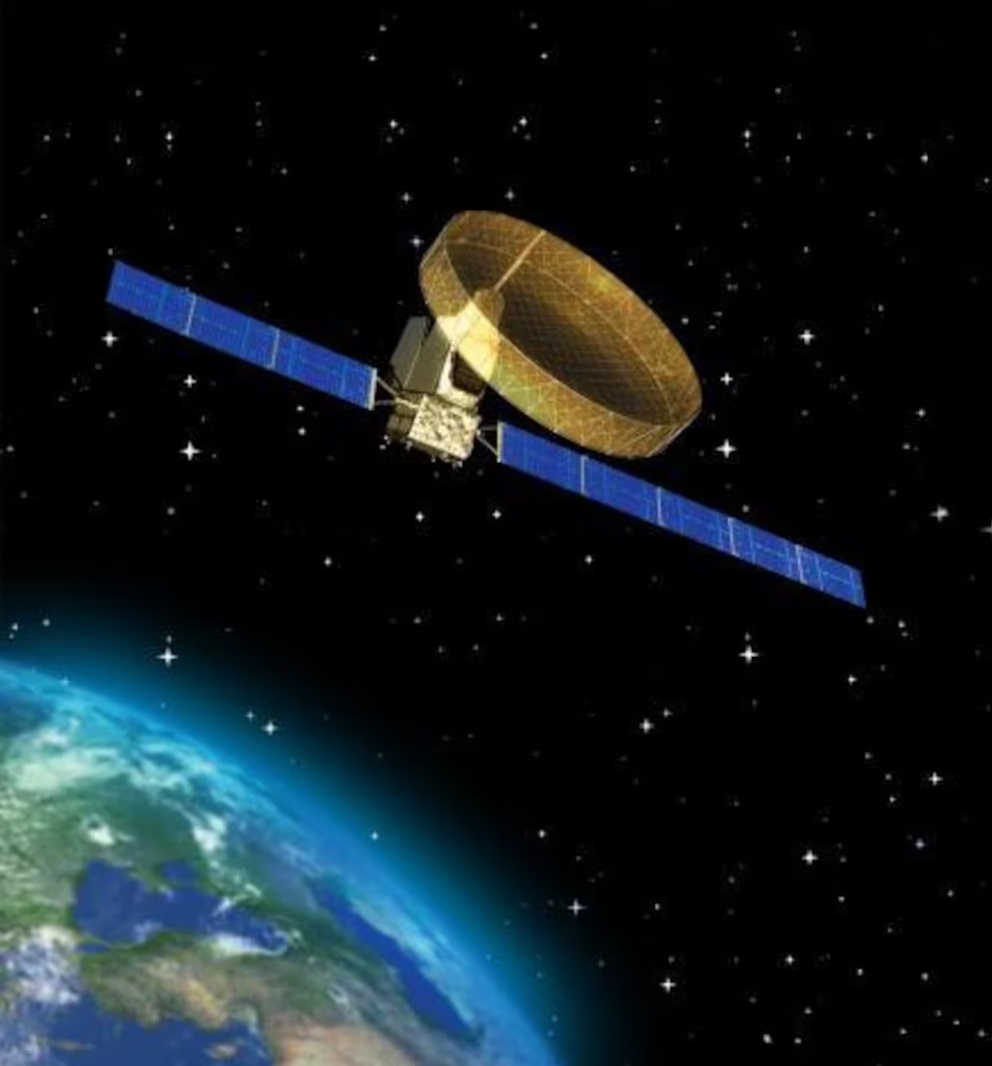During the Launch Services Executives panel session, Stephanie Bednarek, of SpaceX, said that the company intended to conduct 148 launches during 2024. If achieved, this would be an increase of more than 50 per cent on its tally for 2023. Fellow panellist Mark Peller, of ULA, noted the launch success of his company’s new Vulcan rocket in January, and its plans to increase the number of launches. These two announcements are indicative of the continued rise in launch missions taking place at US sites.
Leading the pack of other contributors to the US orbital launch tally is Rocket Lab with its Electron vehicle. This is set to increase the company’s launch rate after the introduction of its Neutron rocket, potentially later this year.
The most heavily used launch sites are Cape Canaveral and Kennedy Space Center, located on the East Coast in Florida, and the Vandenberg Space Force Base, on the West Coast of California. Best of the rest is the Mid-Atlantic Regional Spaceport, Wallops Island, Virginia, home to Rocket Lab’s US launch site and Northrop Grumman’s Antares rocket, which is set to become more active in the coming years.
However, there is a gigantic stainless-steel elephant in the room – well, more accurately, it’s at Boca Chica, Texas – which should not be forgotten about. It is uncertain how quickly SpaceX will be able to ramp up launches of its new Starship/Superheavy rocket, but the company’s track record suggests it will be aggressive.
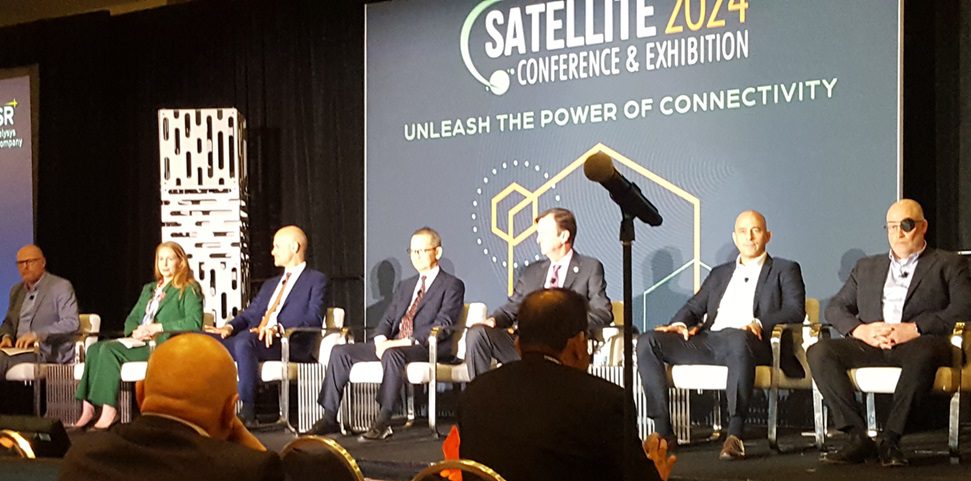
The Launch Services Executives panel. L-R: Moderator, SpaceX, Relativity Space, MHI, ULA, Arianespace, Rocket Lab. Courtesy: Slingshot Aerospace/Matthew Wilson
The count of orbital launches from the US has risen from 37 in 2020 to 45 in 2021, 78 in 2022, and it reached 108 last year, according to the Seradata database. When viewed against SpaceX’s plans to conduct around 150 missions this year alone, should launch providers be concerned about the capacity of the launch infrastructure to continue supporting them?
This was the question your reporter asked the panellists, in light of concerns raised by US officials about launch site capacity at the Commercial Space Transportation Advisory Committee (COMSTAC) of the FAA in May last year. Major General Stephen Purdy indicated that the two sites of the Eastern Range were reaching capacity limits and that bottlenecks were indeed apparent.
Likewise, in October, addressing the AFCEA Space Industry Days conference, Brigadier General Kristin Panzenhagen indicated that satellite processing capacity – a factor not often considered by casual observers – is a serious bottleneck at the East and West Coast range sites. This is in addition to more generic road and bridge installations and IT infrastructure which require upgrading and updating.
The emphatic response from the panellists was that they had no concerns about this issue. Ms Bednarek had little worry that this would be an issue for her company in the coming years, and Mr Peller agreed with her that launch availability was not deemed an issue for ULA. He added that ULA had spent time working with the Eastern Range managers to help increase launch availability, and this would need to continue.
Adam Spice, CFO of Rocket Lab, was also unperturbed. Rocket Lab’s decision to base its US launches at Wallops Island, Virginia, meant that it was avoiding the issue of potential crowding in Florida. He was happy to point out that Rocket Lab’s two pre-existing launch pads are in New Zealand, where it has permission for up to 120 launches/year, giving the company plenty of launch site diversity.
Josh Brost, of Relativity Space, did not see launch infrastructure as an issue. He said his company was renovating a launch pad at Cape Canaveral ahead of its planned 2026 introduction of the Terran R vehicle, which removed any immediate capacity concerns.

